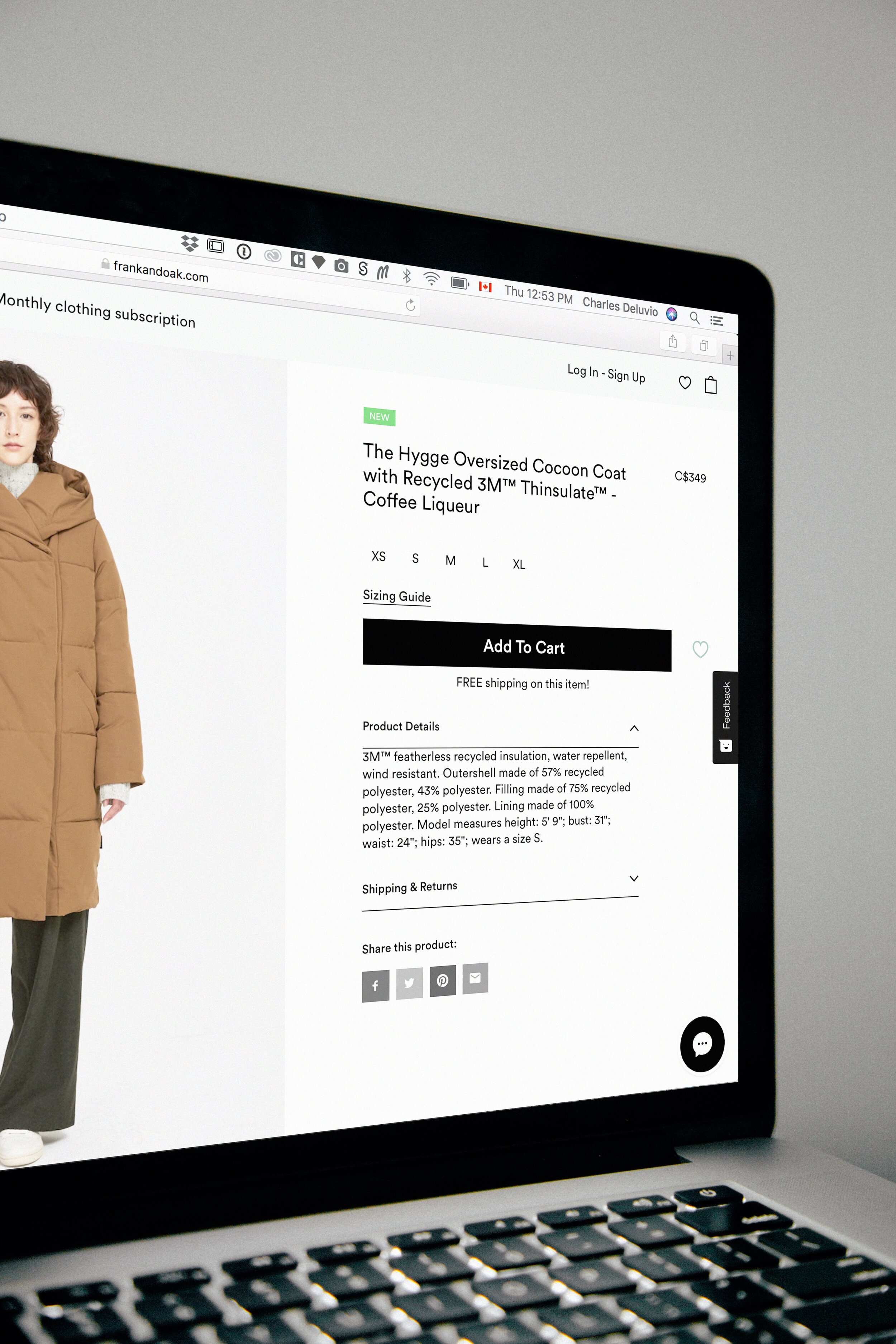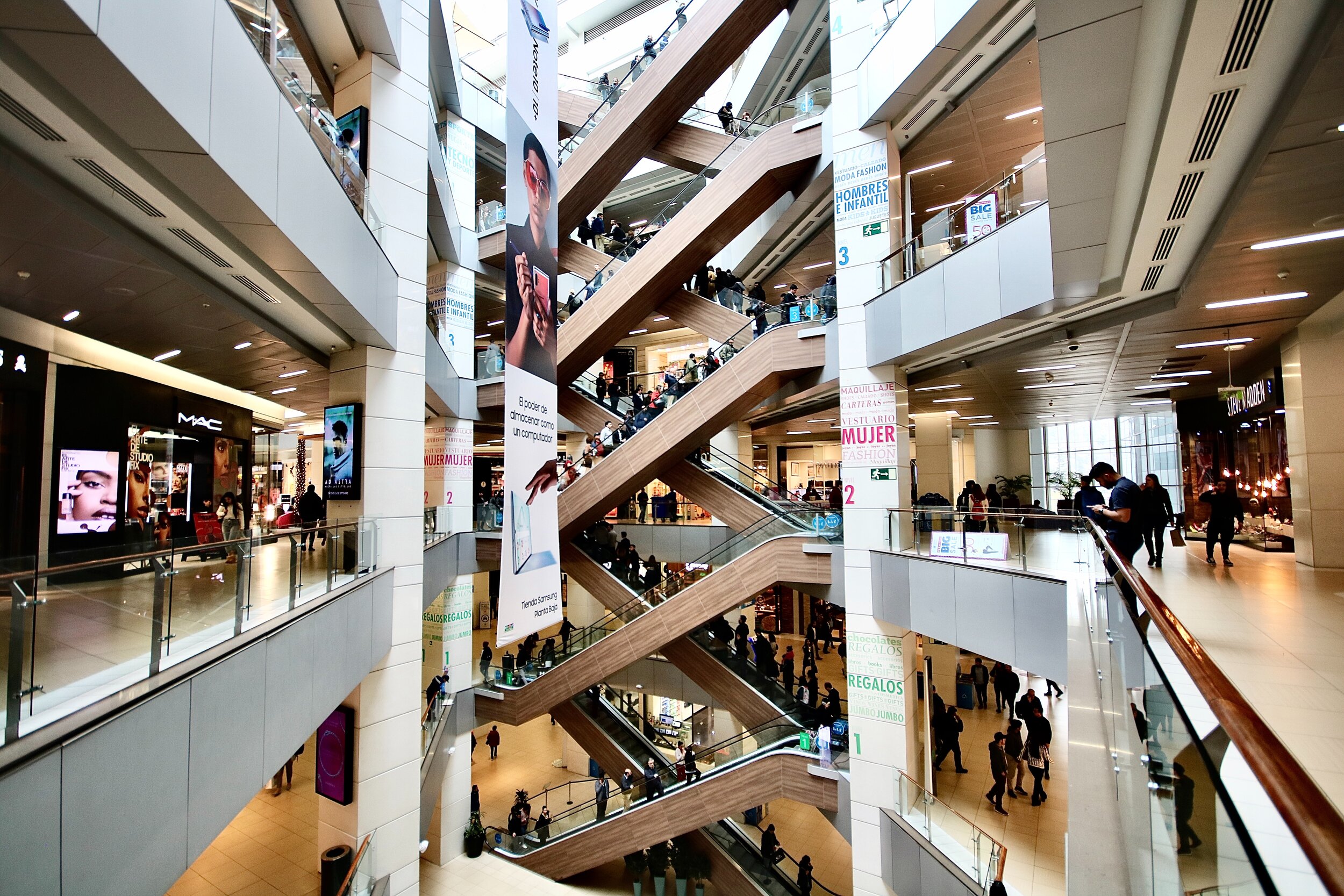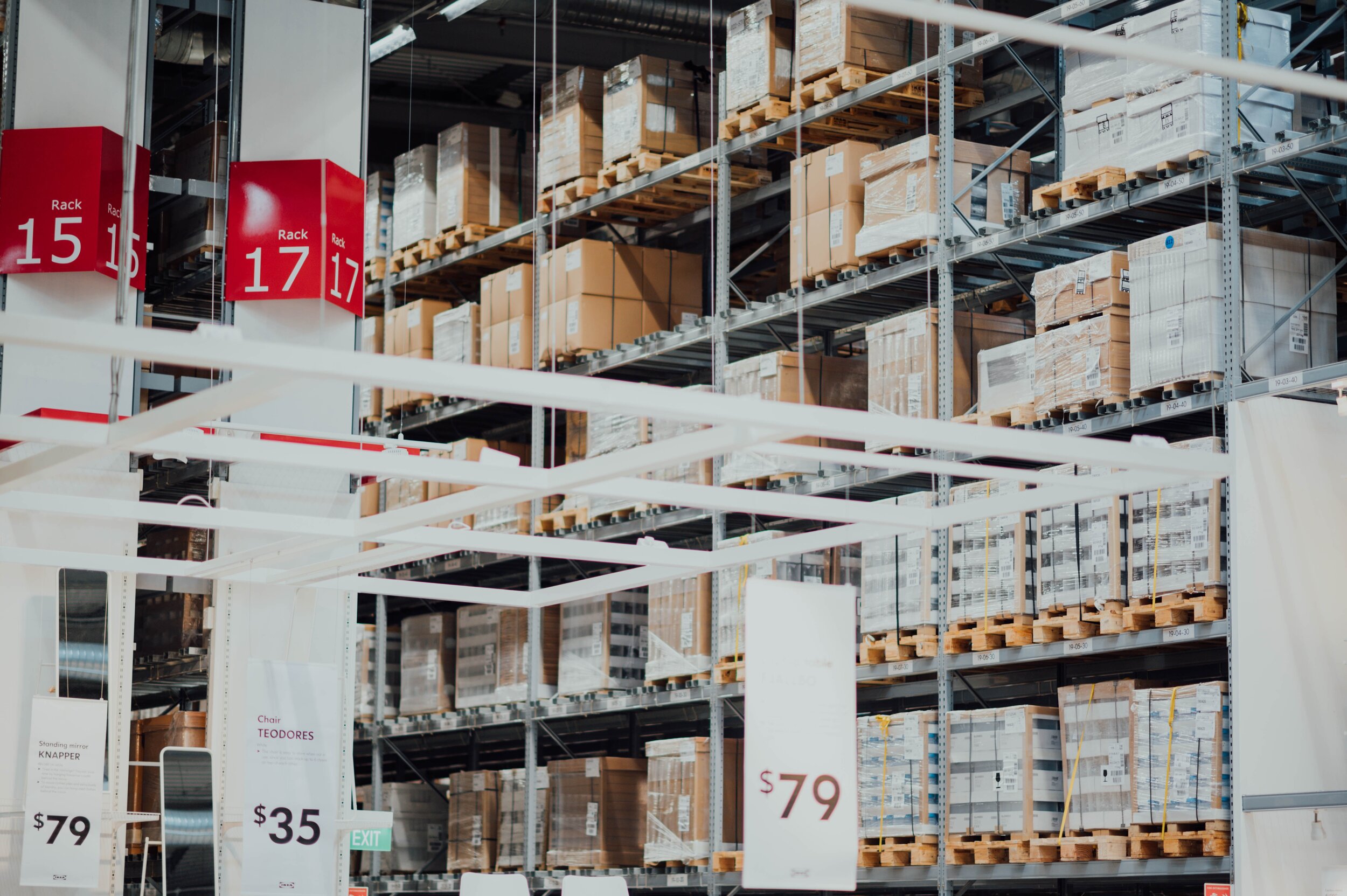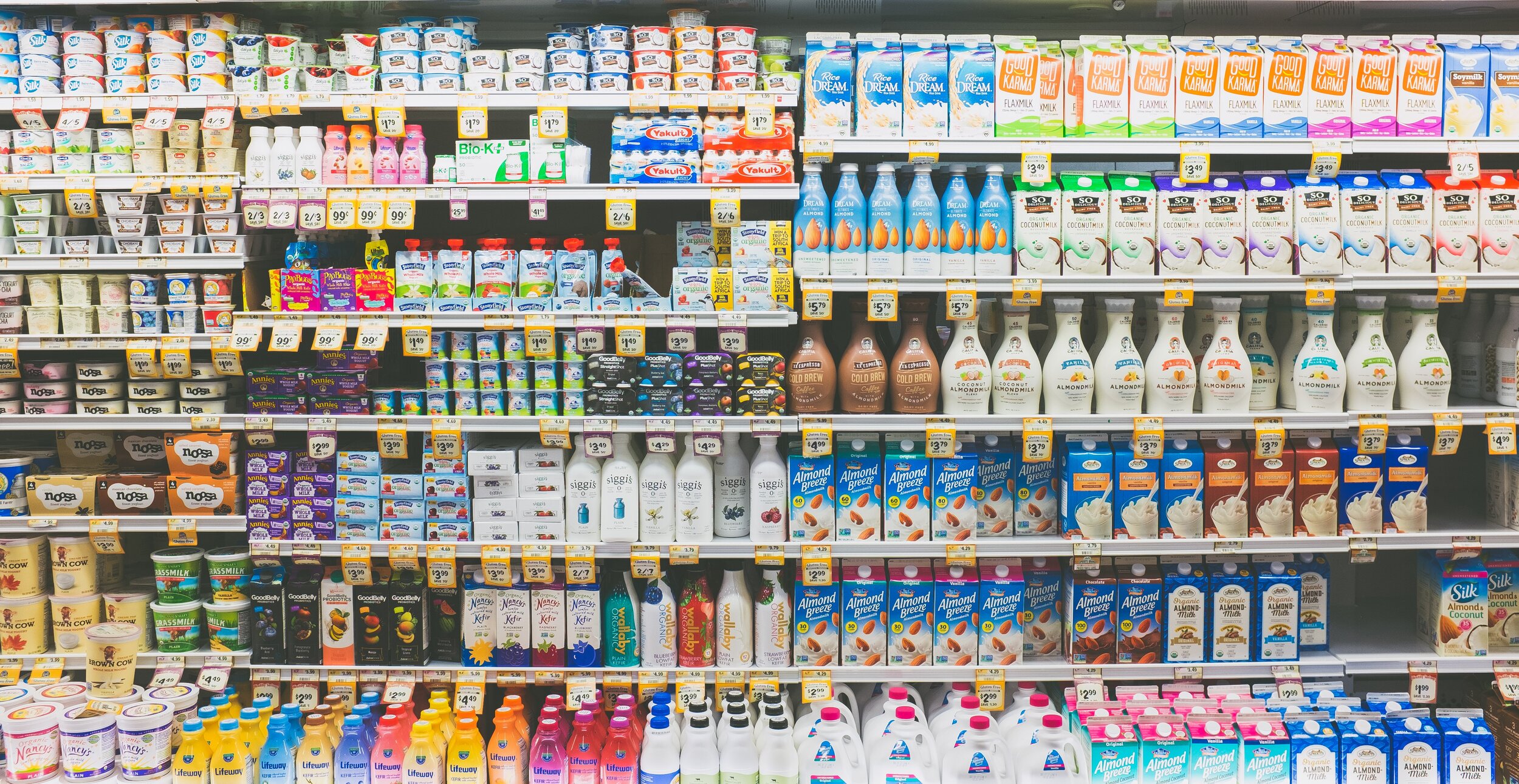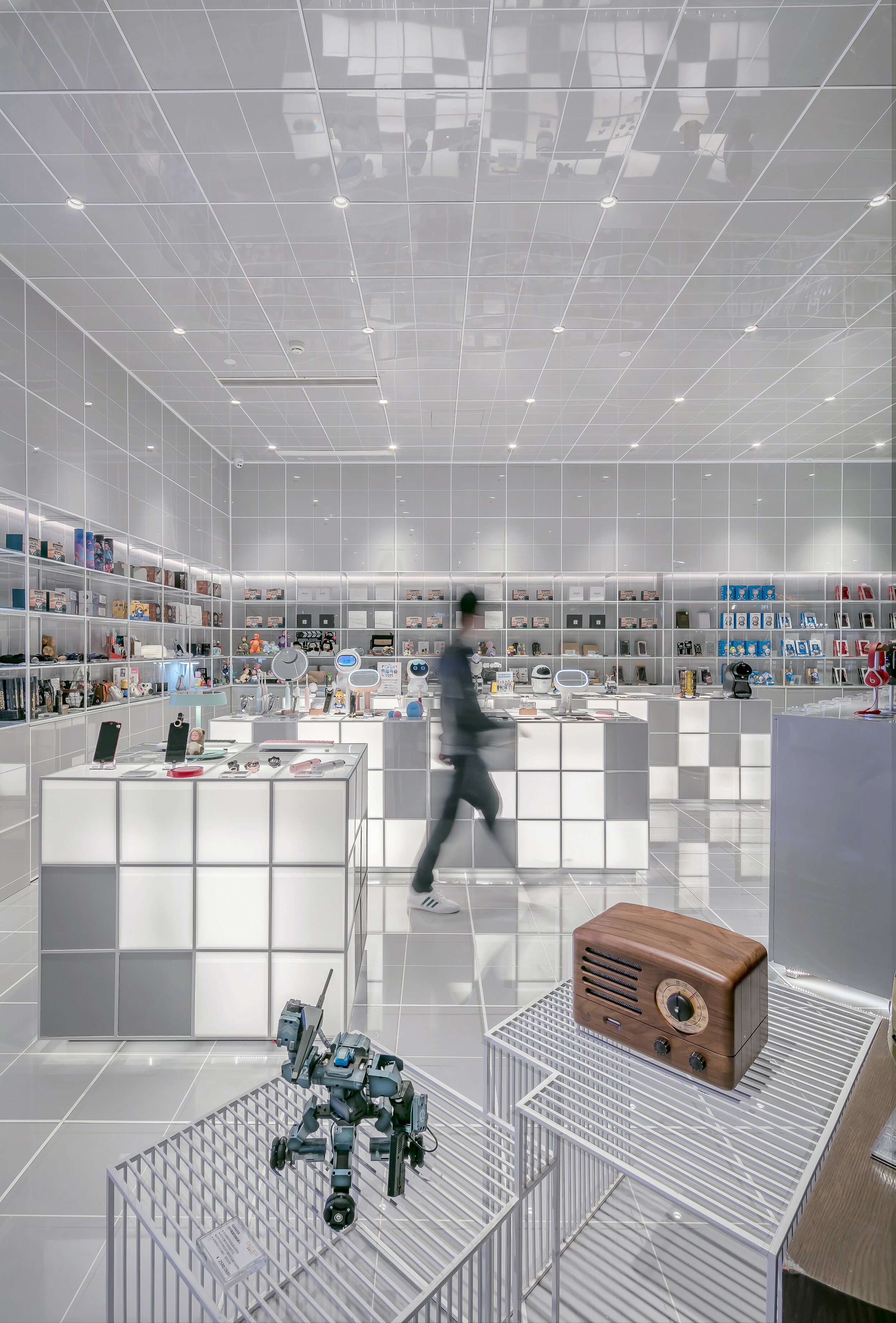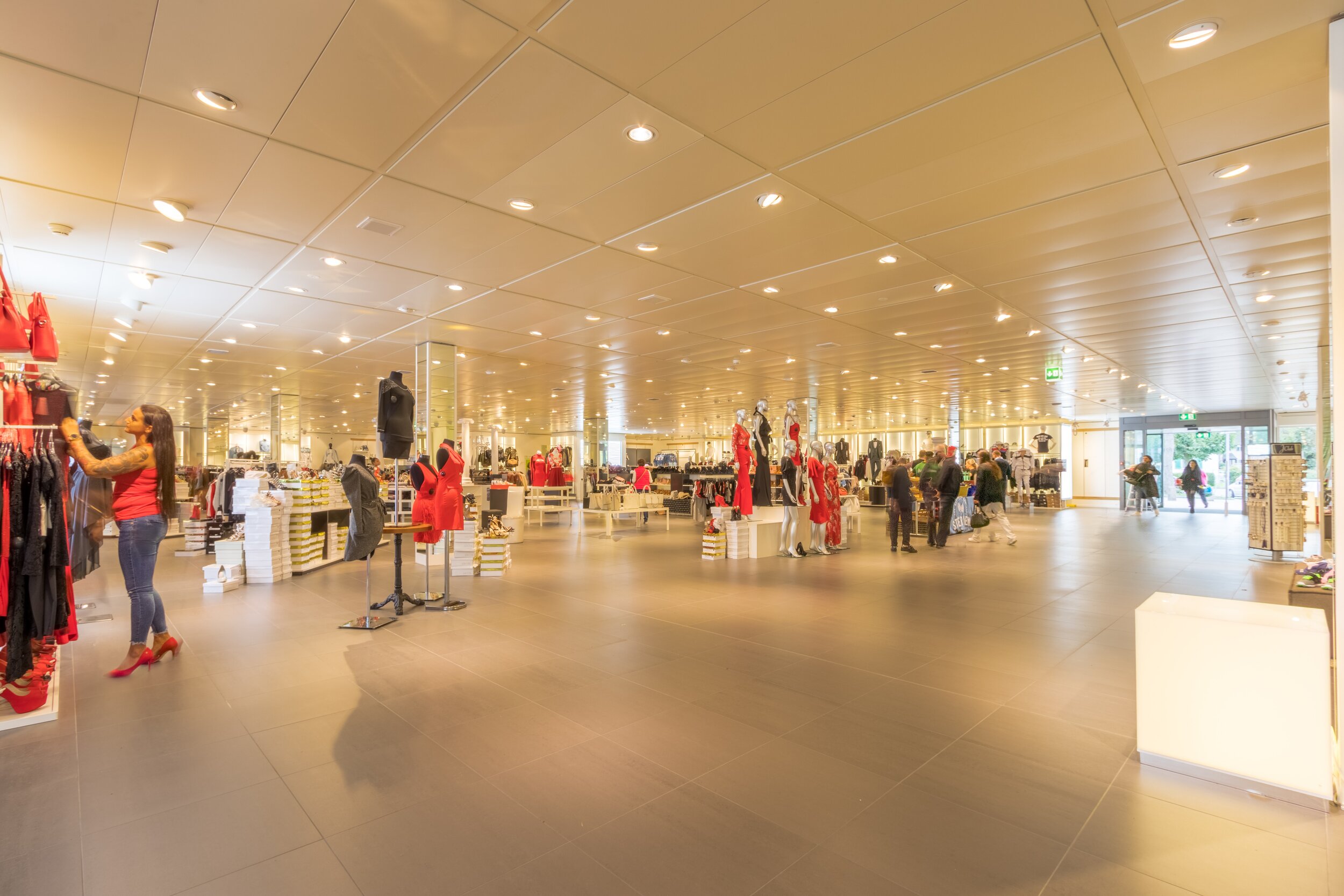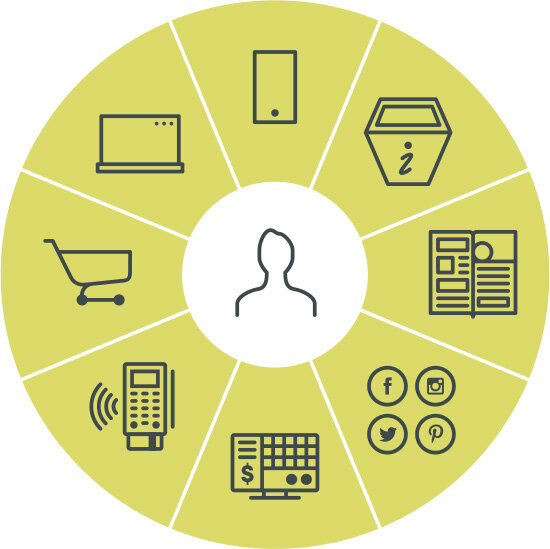With Infinity providing a single customer view, Z is elevating expectations of the fuel retail experience.
Z Energy is New Zealand’s largest fuel retailer with more than 500 Z and Caltex sites.
With Infinity, Z is pursuing growth opportunities and delivering award-winning customer experiences, including a world-first innovation – Sharetank, a virtual fuel tank.
Z’s Chief Digital Officer, Mandy Simpson, and Head of Site Systems, Andy Stewart, share how the fuel retailer is digitising its business to deliver the unified experiences its customers expect and how Infinity and Triquestra has helped.
Mandy explains that Z is transforming for a digital future where they can predict what customers are going to want and then deliver the experiences they need, saying: “That is the heart of the digitisation goal, which is producing really amazing experiences for our customers, for our employees, and for everybody who works with us.”
Andy describes how Z’s use of Infinity has evolved from point of sale through to enabling a truly unified experience.
“We're now able to get complete visibility of our customers by virtue of the fact that every transaction that a customer does at a Z site comes through one of the Infinity products, whether that's point of sale or whether that's via our app channel.
“We're able to use that data now,” adds Andy. “We know when our customers are shopping with us, we know when they're not shopping with us, and we're able to harness that data to enhance our loyalty experience for those people.”











